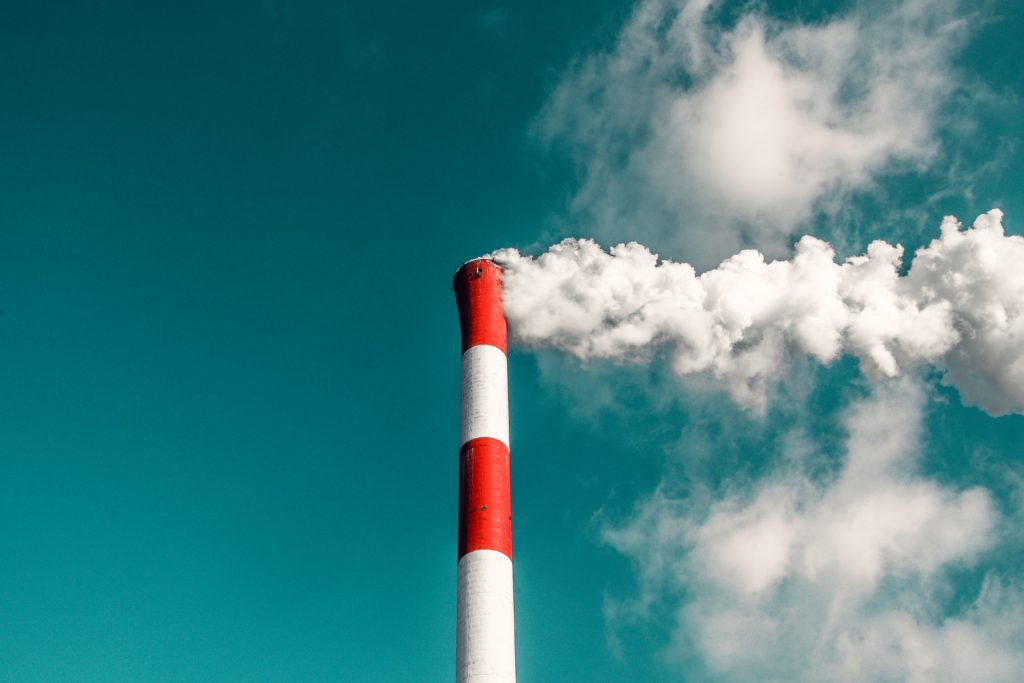Eastbourne Borough Council, like many other local authorities, has committed to do all it can to reduce carbon emissions in the town to net-zero by 2030 and has declared a climate emergency. However, much of this cannot be achieved without Government initiatives. Their advisers this week are warning that the UK is falling behind on its own target to cut greenhouse gas emissions and risks an increase in CO2 emissions now that the COVID-19 lockdown is easing.
Lord Deben, chair of the committee on climate change (CCC), published its progress report to parliament this week and it states that ministers must act fast to avoid a carbon rebound. Chris Stark, chief executive of the CCC, said: “Without central and integrated leadership we will fail in our task”.
These initiatives would include more active travel, new schemes to insulate homes, raising carbon taxes, switching to electric vehicles and ensuring reliable broadband to allow working from home.
Much of this can be supported by the local authorities. Taken from the best examples in the UK is the Friends of the Earth, Ashden, 31 climate actions for councils. This outlines practical suggestions to reduce carbon at a local level in areas that local authorities have either direct control of or could influence.

So how much progress is being made? This week the latest CO2 statistics for Local Authorities were published by the Government. Eastbourne, for geographic and industrial reasons, tends to have a lower than average carbon footprint.
The latest data is for 2018 and shows a 1.4% decline from 2017. The carbon footprint for Eastbourne is now 293,000 tonnes per annum or around 3 tonnes per person. This reflects the steady improvement across the UK, over the last 10 years, with less coal and more renewables. So for example, one challenge for the town is natural gas, which is over 40% of all our carbon emissions.

Locally, as across the rest of the UK, commercial and residential sectors have shown significant reductions with only transport remaining stubbornly at around 80,000 tonnes p.a. The report also states that nearly all of Eastbourne’s footprint is within “the scope of influence of the local authority”.
With 2030 only 10 years away there will need to be a major change in strategy to even begin to approach the net-zero carbon target.
Read Delivering a Better Eastbourne by EEAN Transport Group outlining some suggestions for improving our town’s carbon emissions.
Paul Humphreys
EEAN, Transport Group
Img Veeterzy, Unsplash.
